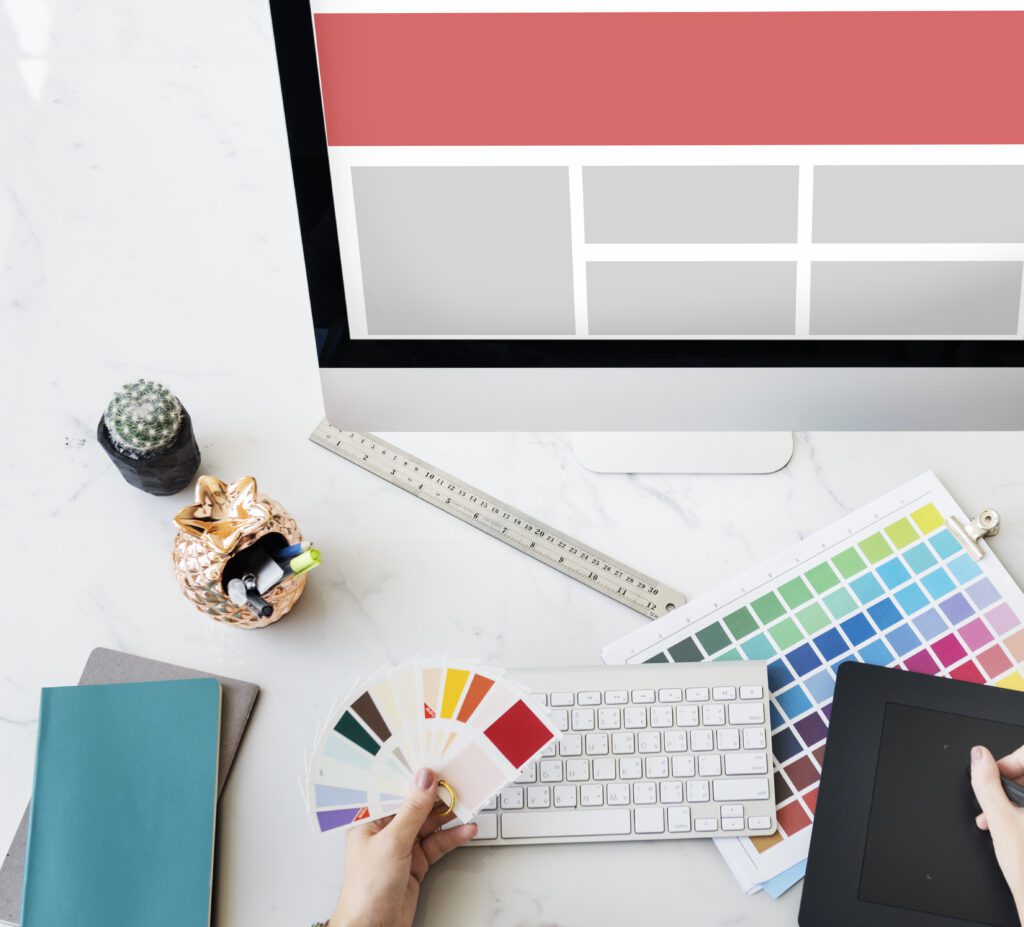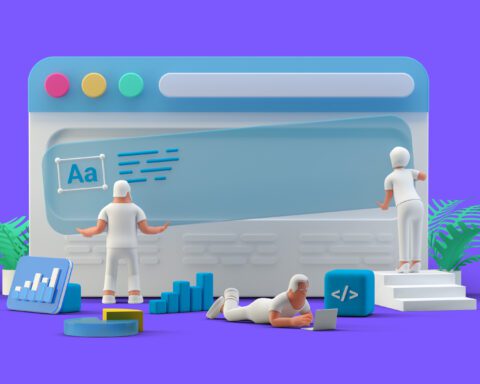The ability to skillfully manipulate color can elevate a good web design into a great one. However, color serves more than just a decorative purpose—it’s a nuanced, emotional language, that holds a powerful sway over our perceptions and behaviors. In this detailed guide, we unravel the intricate ties between color and psychology and provide an in-depth methodology for selecting color schemes, specific to various industries.
The Power and Psychology of Color in Web Design
Color psychology is the study of hues as a determinant of human behavior. And in web design, where capturing and maintaining user attention is paramount, understanding color psychology is key. Indeed, it’s estimated that color can form up to 90% of a customer’s initial opinion about a product.
Each color has its unique emotional resonance and cognitive effect, making it a potent tool for steering user behavior and setting the tone of your website. But the question remains: what do different colors mean, and how do they influence our emotions and behaviors?
The Emotional and Behavioral Impact of Individual Colors
Diving into the psyche of color, let’s break down the emotional responses evoked by different hues:
- Red: The most physically stimulating color, red raises the pulse and heart rate, making it ideal for call-to-action buttons or limited-time offers. It exudes a vibrant, youthful energy and excitement.
- Blue: Blue is a symbol of trust, reliability, and security, hence its popularity with banks, insurance companies, and tech firms. It’s calming and can boost productivity, but cooler blues might be seen as aloof or uncaring.
- Yellow: As the color of sunshine, yellow sparks joy, happiness, and optimism. It stimulates mental processes and encourages communication. In contrast, it can also signal caution, making it a popular choice for warning signs.
- Green: Embodying nature, health, and tranquility, green is calming and refreshing. For businesses dealing with the environment, organic food, or wellness, green is a natural choice.
- Black: Black exudes power, sophistication, and luxury. High-end brands frequently use it to underscore their authority and premium status. On the flip side, it can also be seen as intimidating or unapproachable.
Remember, personal experiences, cultural differences, and contexts can influence color interpretation, adding an extra layer of complexity to color psychology.
Constructing Effective Color Schemes: Best Practices
Color is more than just a visual garnish—it plays a pivotal role in usability, information hierarchy, and brand identity. Here’s a deeper look at creating harmonious, effective color schemes:
- Understand Your Audience: A thorough demographic and psychographic understanding of your audience can guide color choices. Younger audiences may gravitate towards bold, vibrant colors, while an older demographic may prefer a more refined, classic palette.
- Adhere to Industry Conventions: Each industry tends to favor certain colors that align with its core values. For instance, healthcare often opts for calming blues and greens, while food and entertainment companies may choose energizing reds and oranges.
- Prioritize Accessibility: Ensuring contrast between elements can make your website more accessible. Use tools like the WebAIM Contrast Checker to guarantee your color choices meet WCAG 2.0 standards for color contrast.
- Apply Color Theory: Utilize the color wheel to comprehend the relationships between colors. Complementary colors provide vibrant contrast, analogous colors offer harmonious balance, and monochromatic schemes give a sense of unity and cohesion.
Industry-Specific Color Schemes
Choosing color schemes often begins with understanding industry conventions. Let’s look at some examples:
- Tech Companies: Typically favor cool blues and grays to convey a sense of trust, balance, and innovation. Sleek black can suggest cutting-edge sophistication, while vibrant hues may denote creativity and disruptiveness.
- Healthcare: Trust-inspiring blues and soothing greens are favored in the healthcare sector, conveying a sense of tranquility, health, and cleanliness. Warmer shades like orange and yellow can suggest comfort and positivity.
- Food Industry: Appetite-stimulating colors like reds and oranges are common in the food industry. They create a sense of warmth and comfort, while greens may denote health and freshness.
- Fashion and Luxury Brands: Sophisticated black, elegant white, and lavish metallic colors like gold and silver are used to convey a sense of luxury, exclusivity, and timeless style.
In the multi-disciplinary field of web design, the strategic use of color is crucial. It’s more than a mere design decision—it’s a powerful communication tool that resonates on an emotional level, subtly influencing user behavior and brand perception. By mastering color psychology and applying industry-specific color schemes, you can create a visually compelling, emotionally resonant, and user-friendly web experience. The canvas of web design is your playground, and color—one of your most significant tools. Master it, and watch your designs truly come to life.





